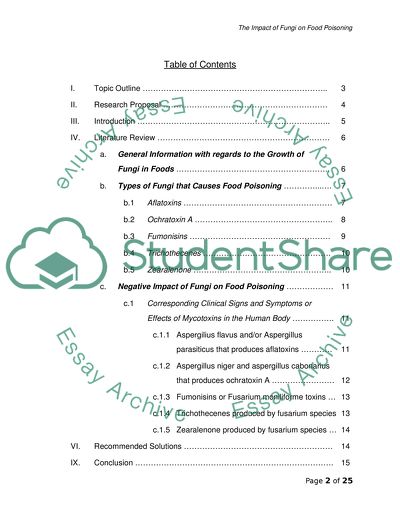Cite this document
(“Food science Essay Example | Topics and Well Written Essays - 3000 words”, n.d.)
Food science Essay Example | Topics and Well Written Essays - 3000 words. Retrieved from https://studentshare.org/miscellaneous/1547820-food-science
Food science Essay Example | Topics and Well Written Essays - 3000 words. Retrieved from https://studentshare.org/miscellaneous/1547820-food-science
(Food Science Essay Example | Topics and Well Written Essays - 3000 Words)
Food Science Essay Example | Topics and Well Written Essays - 3000 Words. https://studentshare.org/miscellaneous/1547820-food-science.
Food Science Essay Example | Topics and Well Written Essays - 3000 Words. https://studentshare.org/miscellaneous/1547820-food-science.
“Food Science Essay Example | Topics and Well Written Essays - 3000 Words”, n.d. https://studentshare.org/miscellaneous/1547820-food-science.


